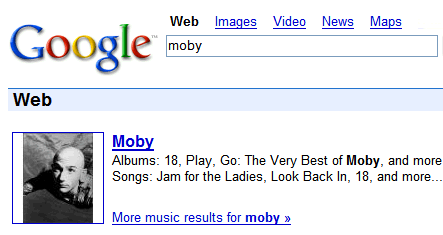Javascipt can be very fruitful and flexible when it comes to modifying webapges dynamically (though client side). Javascript can be helpful in creating response to browser events like mouseup, mouseover etc, veryfying of form values prior to submitting them, changing style and value of html elements dynamically.
Examples i disscuss here are being user by me in developing Paint Chat !! So here I go..
You can write javascript functions and code in section as:
<script type="text/javascript">function test(){
alert("test javascript");}</script>
Action on events:
Example of events can be mouseclick, keystroke, submitting form etc.
With
onload() <body onload="init()">
Now
init() function will be called when this html page is being loaded.
For links, javascript function can be evoked when clicking, mouseover over links like
<a href="javascript:replay()">Refresh ! </a>
Now function
replay() will be called when Refresh! is clicked. For input text box
<input type="text" size="30" id="search" onchange="suggest()">;
Now whenever content of textbox changes the function
suggest() will be called. It can be useful when feature like google suggest has to be implemented or so.
On submitting forms:
<form method="post" action="some.php" onsubmit="return checkForm()">
So whenever this form is being submitted
checkForm() function will be called and can be helpful in verifying values of form elements.
onMouseOver and onMouseOut:
<a href="http://www.buard.blogspot.com" onmouseover="fade()">
<img src="image.gif"> </a>
Now when mouse is over image
fade() function will be called and can be used for animate and styling purposes.
Registering of events
A simple way can be:
Conside the html code :
<div id="sample"> ..... some... html..text.. </div> Now using javascript you can register event for this div by:
var div_sample = document.getElementById('sample');
div_sample.onmousedown=sampleMouseDown ;
Now whenever mouseover ocours over this div html element
sampleMouseDown() function will be called. Events can also be registered using
addEventListener() . Find more information baout it here:
Advanced event registration modelsModify Style and values for html elements
Within some javascript function, you can first get the element object by
getElementByID() getElementsByName() for example conside the javascript code:
document.getElementById("colorcode").innerHTML = "#000000";
document.getElementById("bgtest").style.backgroundColor= "green";
The first line find the html element with id
colorcode and then set its value to "#000000" using
innerHTML. In second line, it sets the background of html element with id "bgtest" to green.
Some other tweaks which were useful :- Calling some function repeatedly with some time interval, consider javascript code:
var intervalID = setInterval(drawCurve, 100);
So the drawCurve() function will be called repeatedly after 100ms. You can cancel this process( removing repeatedly calling) by
clearInterval(intervalID);
- You can use
setTimeout(drawCurve,100) function to delay drawCurve() execution for a specified time period(100ms).
- Calling a php function inside javascript:
var testImg = new Image();
testImg.src = "form.php?name=form_value";
Now here in
form.php you can fetch value of variable
name using
$_GET and can perform appropriate action.
Some links:Related Posts:








































 Stumble It!
Stumble It!

